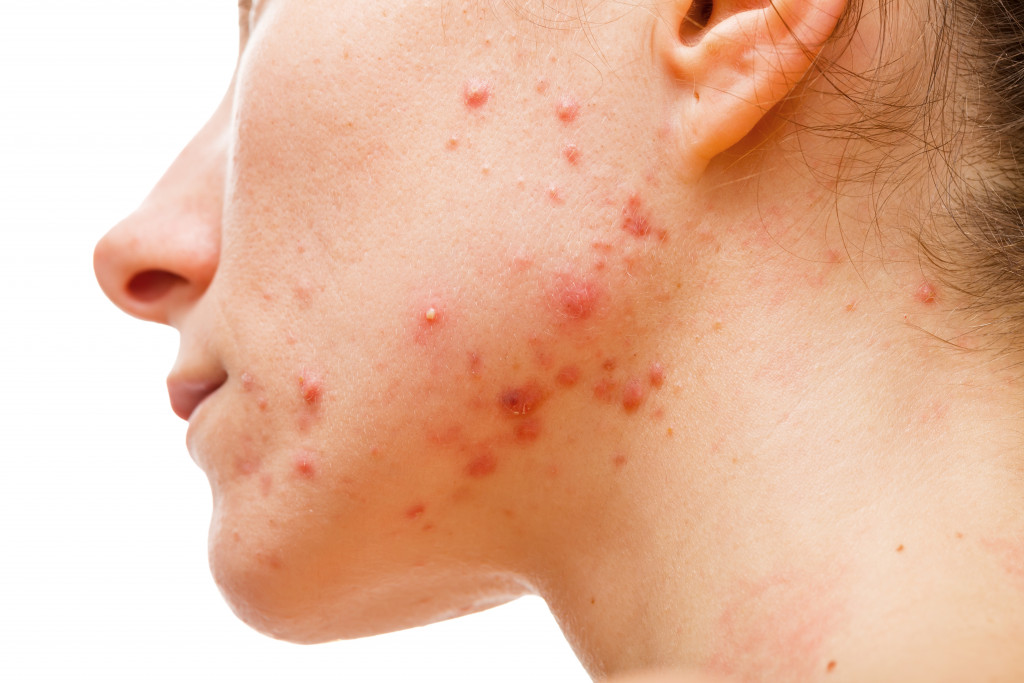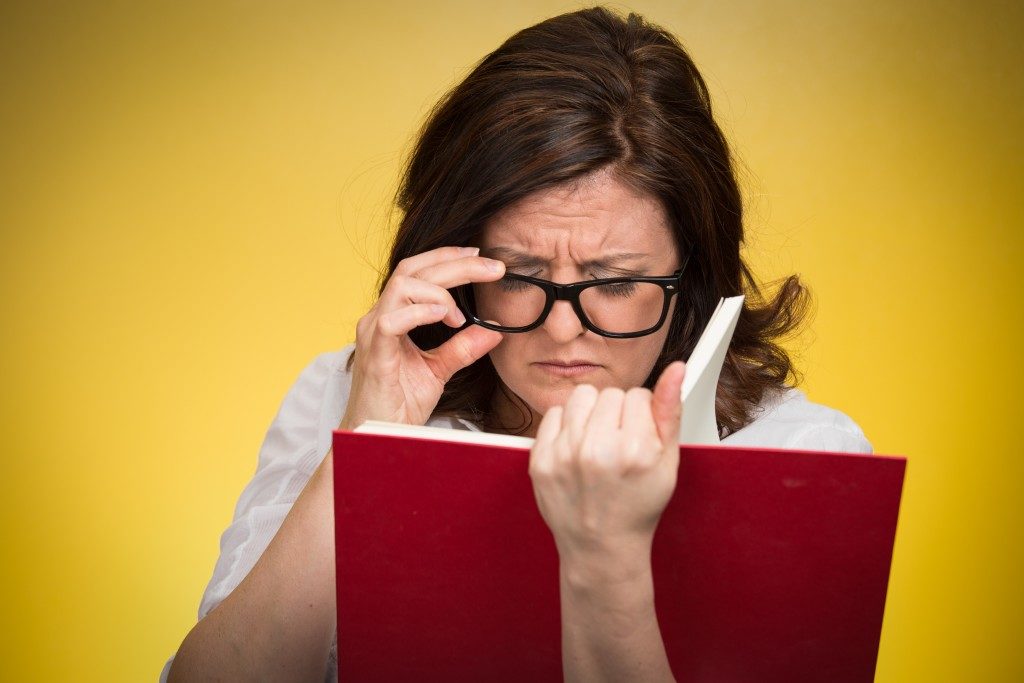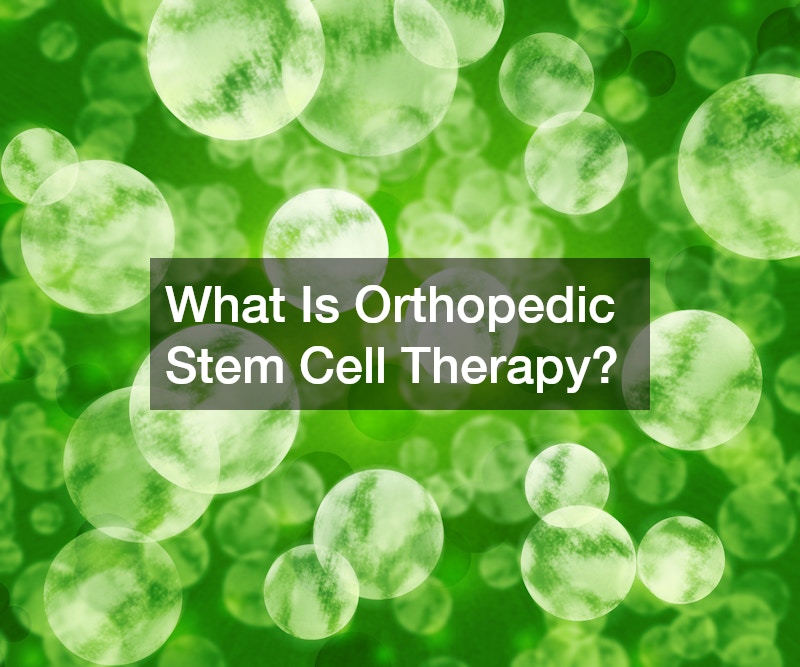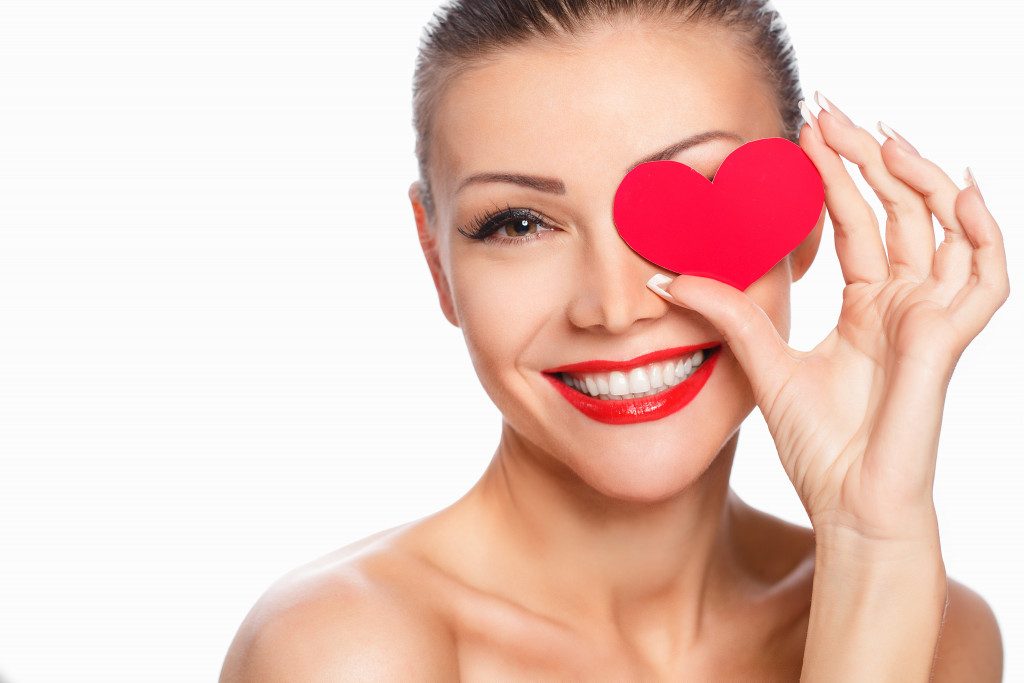Facial acne is something that many people struggle with, especially during their teenage years. It can be caused by a range of factors, such as hormonal changes or genetics, and it’s something that can have an effect on your self-confidence. But the good news is that there are things you can do to reduce the appearance of acne and help keep it under control.
What is Facial Acne?
Acne occurs when your hair follicles become plugged with dead skin cells and oil. Each hair follicle is connected to a sebaceous gland, producing oily sebum. Too much sebum can lead to the buildup of oil and dead skin cells, which can clog pores and lead to breakouts. Breakouts commonly occur on the face but can also appear on the chest, back, and shoulders.
There are various types of acne, but the most common are blackheads, papules, whiteheads, nodules, pustules, and cysts. Blackheads are small bumps that appear when pores become clogged with oil and dead skin cells. Whiteheads are similar to blackheads, but a thin layer of skin covers them. Papules are small red bumps that can be tender or sore. Pustules are similar to papules but have a white or yellow center containing pus. Nodules are large, hard bumps that form under the skin’s surface. Cysts are large pimples that are filled with pus and can be painful.
What Causes Facial Acne?
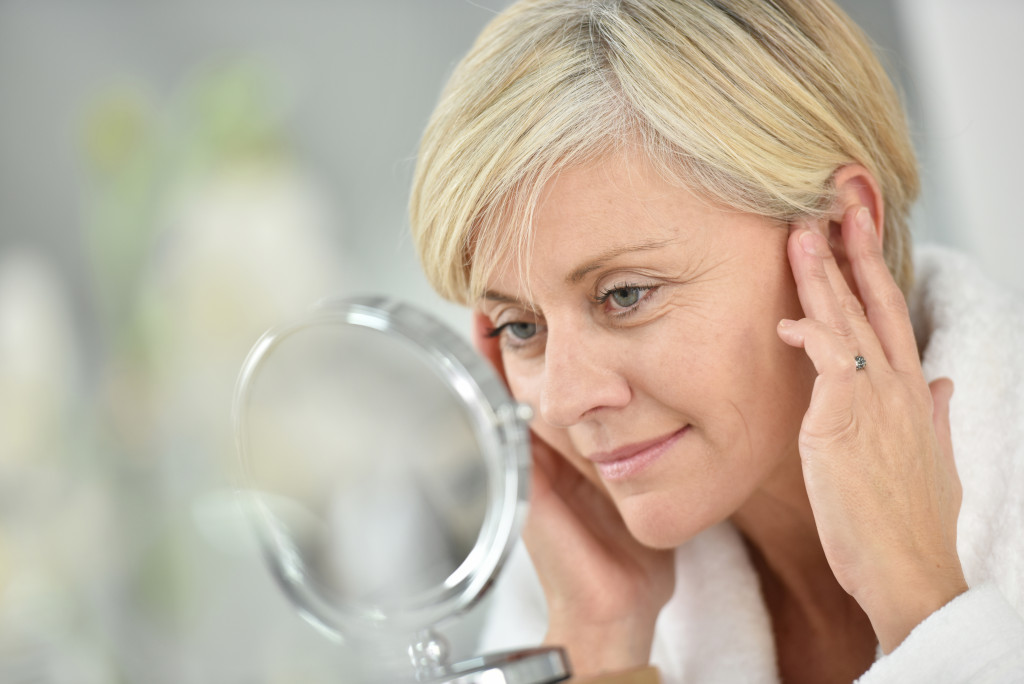
Many different factors can contribute to the development of facial acne. One of the most common causes is hormones. During puberty, testosterone levels increase in both boys and girls. This increase in testosterone can cause the sebaceous glands to produce more sebum than normal, leading to clogged pores and breakouts. Other hormonal changes, such as those that occur during pregnancy or menopause can also lead to the development of facial acne.
Facial acne can also be caused by certain medications such as steroids or birth control pills. In addition, certain cosmetics and skin care products can clog pores and lead to breakouts. Finally, stress can also trigger breakouts because it causes the body to produce more hormones like cortisol.
Treatments
There are many treatments for facial acne, depending on the severity of the breakouts. Here are some of them:
Laser acne treatment
Laser acne treatment is a relatively new technology that uses light pulses to kill the bacteria that cause acne. The light also targets the oil glands, helping to reduce sebum production and inflammation. Laser acne treatment is usually done in a series of sessions. Most people see significant improvement after just a few treatments. Side effects are generally mild and temporary, such as redness, swelling, and temporary skin darkening.
OTC Medications
The most popular OTC acne medications contain active ingredients like benzoyl peroxide, salicylic acid, or sulfur. These ingredients work by drying out the skin, reducing inflammation, and preventing the growth of bacteria. In general, OTC acne medications are safe and well-tolerated. However, it is essential to read the label carefully and follow the directions to avoid potential side effects. For best results, OTC acne medications should be used in conjunction with other acne treatment measures, such as a gentle cleanser and a non-irritating moisturizer.
Antibiotics
Antibiotics work by killing the bacteria that cause acne, as well as reducing inflammation. While antibiotics are generally safe and effective, they can cause side effects such as dry skin, redness, and irritation. In addition, some people may develop antibiotic resistance, which means the medication becomes less effective over time. For these reasons, talking to a doctor before starting any antibiotic acne treatment is essential.
Chemical Peels
Chemical peels are one of the most popular acne treatments. They work by removing the top layer of skin, which allows new, healthy skin to grow in its place. Peels can be done at home or with a dermatologist, and many different peels are available to fit different skin needs. A peel’s most common side effect is redness and irritation, but this usually goes away within a few days. Chemical peels are an effective way to treat acne. Still, they should be used cautiously to avoid causing further damage to the skin.
These treatments can help reduce the appearance of acne and help keep it under control. However, it is essential to talk to your doctor before starting any type of treatment for facial acne. They can determine the best course of action for your individual needs.
The bottom line
Acne is a common skin condition that can cause a lot of distress. However, there are many different treatments available depending on the severity of your breakouts. Be sure to speak with a dermatologist if you’re struggling with severe acne so that you can find the best possible treatment for yourself!

